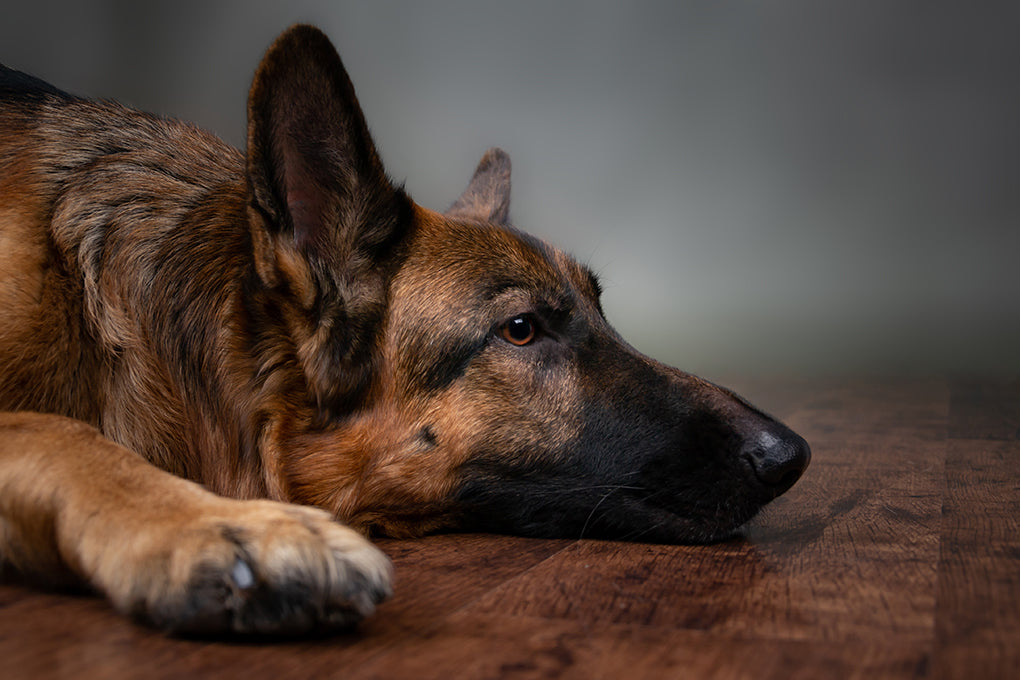
Here's everything you need to know about chemotherapy and radiation therapy in dogs
Has your dog been diagnosed with cancer and you're not sure how to help? I'm so sorry you're going through this.
In the following lines, I will discuss the different types of solutions available to your dog, including the two main therapies from conventional medicine: chemotherapy and radiation therapy (radiotherapy).
-
Click to learn more: 👉 Support your dog fighting CANCER with our NATURAL product 🐶
I'll also give you our recommendations for supporting your pet naturally. We're always happy to share our knowledge and years of experience in the field of natural health with you to optimize your pets' comfort. You can also refer to our complete guide on cancer in dogs for more details on the disease.
Read on to learn more about canine cancer solutions.
First, let's look at what chemotherapy is.
Chemotherapy in dogs
Chemotherapy is characterized by the use of a powerful drug with the aim of destroying or damaging cancer cells in the dog's body.
How is chemotherapy administered in dogs?
There are several ways to administer chemotherapy, whether through pills, intravenously, or even directly into the tumor.
The “maximum tolerated dose” of this drug can usually be administered once a week or every three weeks, intravenously.
This waiting period between doses is necessary to allow healthy cells that have been affected to regenerate before the next dose.
The pills are usually given daily or every other day (taking care to wear gloves), and their purpose is to stabilize the tumor, that is, to prevent its growth and metastases. I am thinking, for example, of chlorambucil.
Not all veterinarians are comfortable prescribing chemotherapy because it requires special monitoring. Many veterinarians will refer patients to an oncology specialist.
Side effects of chemotherapy in dogs
Much like in humans, hair loss is possible, as well as vomiting, diarrhea, and increased susceptibility to infections due to bone marrow damage.
Hair loss
Indeed, hair loss is possible in dogs whose hair is constantly growing, as chemotherapy affects rapidly multiplying cells. Some breeds are therefore more susceptible to this side effect, such as poodles and westies.
Gastrointestinal symptoms
Dogs may experience nausea, vomiting, loss of appetite, or diarrhea approximately 1 to 5 days after intravenous chemotherapy. These effects typically last 2 to 3 days, so it's a good idea to offer your dog natural products such as probiotics or medications that reduce nausea and appetite during this time.
Susceptibility to infections
Finally, I mentioned that your dog may also become more susceptible to infections. This is because chemotherapy harms neutrophils, white blood cells that work against bacterial intruders, among other things.
That said, in veterinary medicine, these side effects are less common than in humans. About 15 to 20% of animals are reported to experience the above symptoms during chemotherapy.
The success rate of chemotherapy in dogs
It is difficult to give an accurate success rate with this type of medicine, since each cancer is unique, and so is each animal.
Unlike human medicine, chemotherapy is used with the primary goal of improving the animal's quality of life, not necessarily to significantly increase its longevity.
So if the dog is more comfortable than before, or remains comfortable, we can consider that the chemotherapy was a success.
The cost of chemotherapy in dogs
The cost varies greatly depending on your dog's weight and the administration method chosen for the type of cancer they have.
Intravenous chemotherapy is more expensive because it is usually supervised by a veterinary oncology specialist and requires hospitalization. This can range from a few hundred dollars per treatment.
How long can a dog live after chemotherapy?
Again, the answer to this question varies greatly from individual to individual and depending on the type and stage of cancer the pet has. A young, otherwise healthy dog might gain months or even years, while an older dog might gain a few weeks to a few months. Your veterinarian is in a better position to answer this question than I am.
Radiation therapy in dogs
Commonly referred to as radiotherapy, radiation therapy is another option available to a dog suffering from cancer.
Conventional radiation therapy
How to shrink a tumor in dogs? Radiation therapy in dogs uses localized radiation to shrink an inoperable tumor or to destroy remaining cells following mass removal surgery.
It can be used in addition to chemotherapy, or alone if the cancer is located in a radiosensitive area.
It is indicated for nasal tumors, among others. It could also help in the control of inoperable oral tumors, for example.
It is also reported that radiation therapy can help relieve pain associated with bone tumors (osteosarcoma).
Side effects of radiation therapy depend on the area treated, but may include localized hair loss, skin pain, and discomfort.
How does radiation therapy work in dogs?
Conventional curative radiation therapy for dogs typically requires 15 to 21 sessions, spanning 3 to 7 weeks. The dog must be anesthetized for each treatment, as it must remain completely still.
So it's expensive and quite invasive.
The cost of radiation therapy varies from clinic to clinic, depending on the type of therapy used, and the number of treatments required. A full course of treatment can likely cost several hundred dollars, if not thousands.
This frequency varies depending on the cancer and the goal of the therapy. If the goal is only to control pain without curative intent, treatments will be less frequent. This is called palliative radiation therapy.
That said, advances in human medicine have made available a new form of radiation therapy, stereotactic radiotherapy.
It is much more precise than conventional radiotherapy, so helps to preserve more of the surrounding tissue intact.
Additionally, it only requires 1 to 3 treatments to be effective, which means much less anesthesia for the sick dog.
A support for dogs with cancer made from natural ingredients
If your dog is battling cancer, we suggest adding the PIPTOANIMO product to your arsenal.
HomeoAnimo ™ offers you this exceptional product from a mushroom that helps maintain good health in your dog to support him in his fight against cancer.
It can be used alone or in combination with chemotherapy and helps strengthen the immune system.
If this article was relevant to you and your dog is battling cancer, please know that my heart goes out to you. It's never easy to cope with such a serious illness. I hope this information has helped ease your concerns.
What type of cancer does your dog have? Comment in the section below to open the discussion with people who are going through a similar situation.
We are here for you anytime.





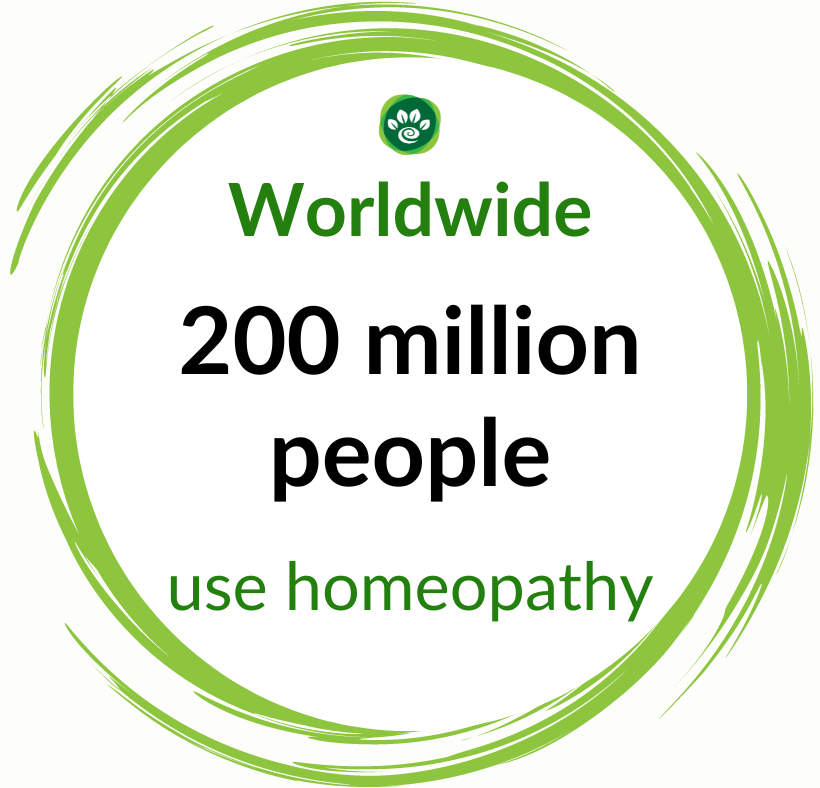
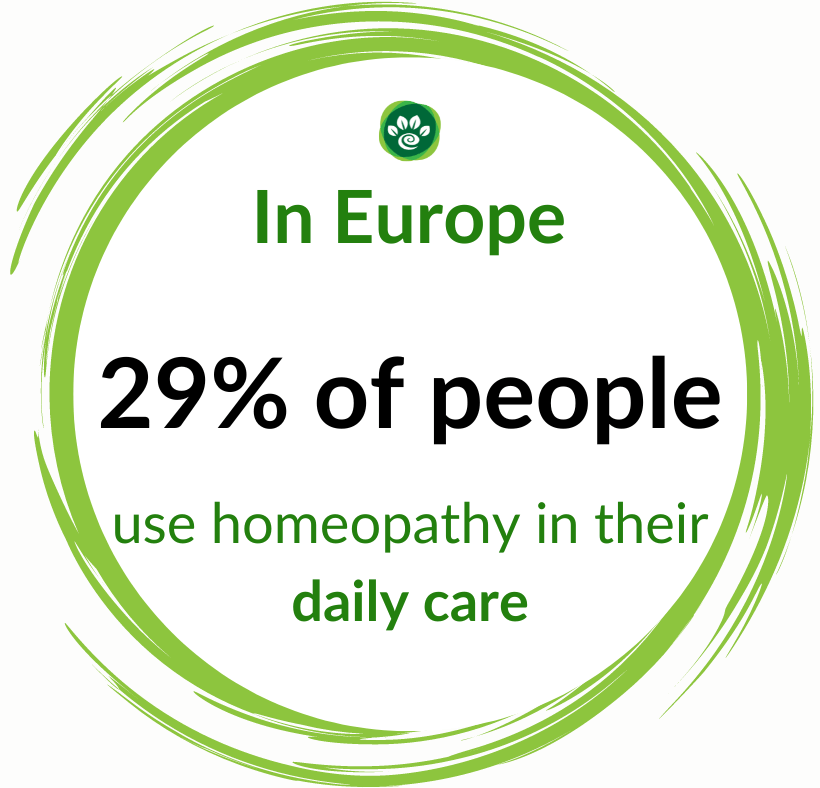
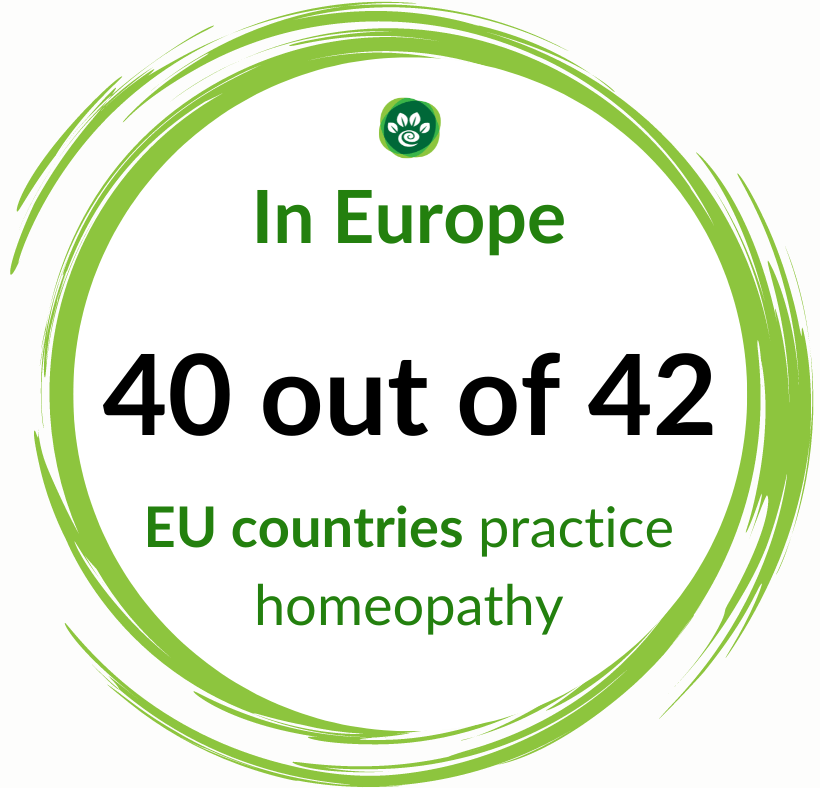
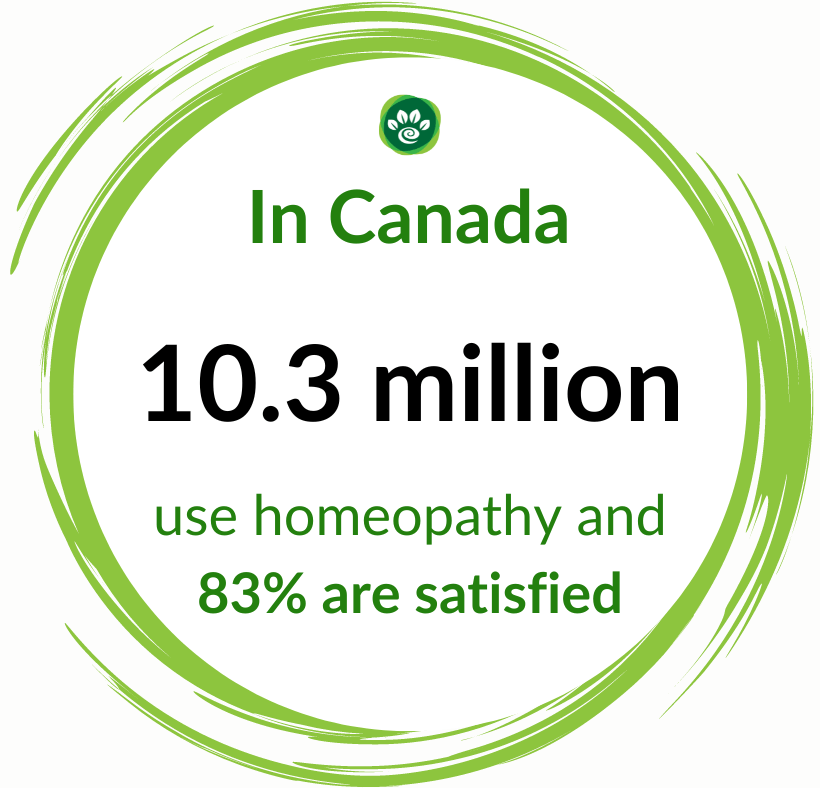











Leave a comment
This site is protected by hCaptcha and the hCaptcha Privacy Policy and Terms of Service apply.